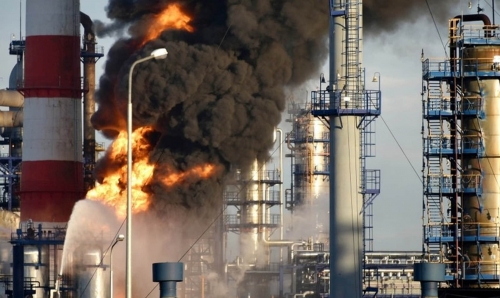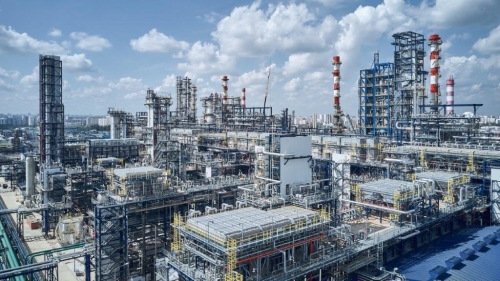The landscape of gas businesses is constantly evolving, driven by technological advancements, environmental concerns, and shifts in consumer preferences. As we move forward into a world that is increasingly focused on sustainability and renewable energy sources, gas businesses are facing both challenges and opportunities. In this article, we will explore the current state of gas businesses and discuss the key factors shaping their future.
The Gas Industry Today
The gas industry encompasses various sectors, including natural gas production, distribution, and utilization. It has long been a cornerstone of the global energy mix, providing a reliable source of power for electricity generation, heating, and industrial processes. However, several trends are reshaping the industry:
Environmental Concerns: One of the most significant challenges facing gas businesses is the growing concern over greenhouse gas emissions. Natural gas, while cleaner than coal and oil, still produces carbon dioxide when burned. This has led to increased pressure on the industry to reduce its carbon footprint.
Renewable Energy: The rapid growth of renewable energy sources, such as wind and solar, has created competition for gas businesses. These cleaner alternatives are gaining traction as governments and consumers alike prioritize sustainability.
Technological Advancements: The development of new technologies, such as fracking and liquefied natural gas (LNG) production, has expanded the availability of gas resources. This has both economic and environmental implications for the industry.
Challenges Facing Gas Businesses
Gas businesses face several challenges as they navigate the evolving energy landscape:
Decarbonization: The imperative to reduce carbon emissions has led to calls for the gas industry to adopt carbon capture and storage (CCS) technologies or transition to greener alternatives like hydrogen.
Regulatory Uncertainty: Changing regulations and policies aimed at reducing greenhouse gas emissions can create uncertainty for gas businesses, making long-term planning and investment decisions more challenging.
Market Competition: As renewable energy becomes more cost-competitive, gas businesses must find ways to remain competitive in the energy market.
Infrastructure Adaptation: Existing gas infrastructure, such as pipelines, may need to be repurposed or modified to accommodate new energy sources, posing logistical and financial challenges.
Opportunities for Gas Businesses
Despite these challenges, there are opportunities for gas businesses to thrive in the evolving energy landscape:
Hydrogen Production: Gas companies can leverage their expertise in handling gas to participate in the emerging hydrogen economy, which has the potential to become a clean energy carrier.
Diversification: Companies can diversify their portfolios by investing in renewable energy projects, energy storage, and carbon offset programs, allowing them to stay competitive and sustainable.
Innovation: Continued innovation in gas technologies, such as methane emissions reduction and more efficient gas turbines, can improve the environmental profile of natural gas.
Global Markets: The demand for gas remains strong in many parts of the world, and companies can explore international markets for growth opportunities.
Conclusion
The future of gas businesses is characterized by a complex interplay of challenges and opportunities. To remain relevant and sustainable, gas companies must adapt to changing market dynamics and environmental imperatives. This may involve transitioning towards greener technologies, diversifying their portfolios, and actively participating in the broader energy transition. By embracing innovation and a commitment to environmental responsibility, gas businesses can navigate the evolving landscape and continue to play a crucial role in the global energy mix.

%20(1).png)



